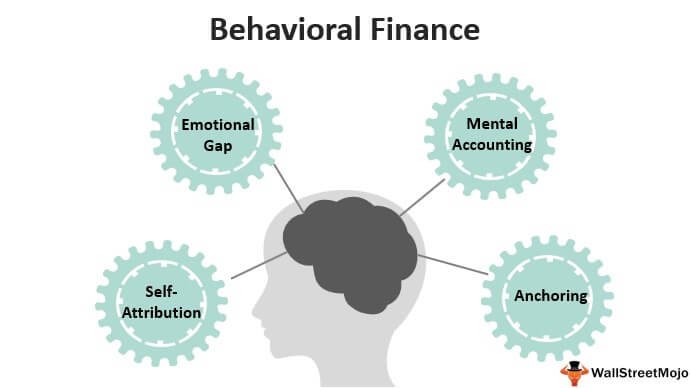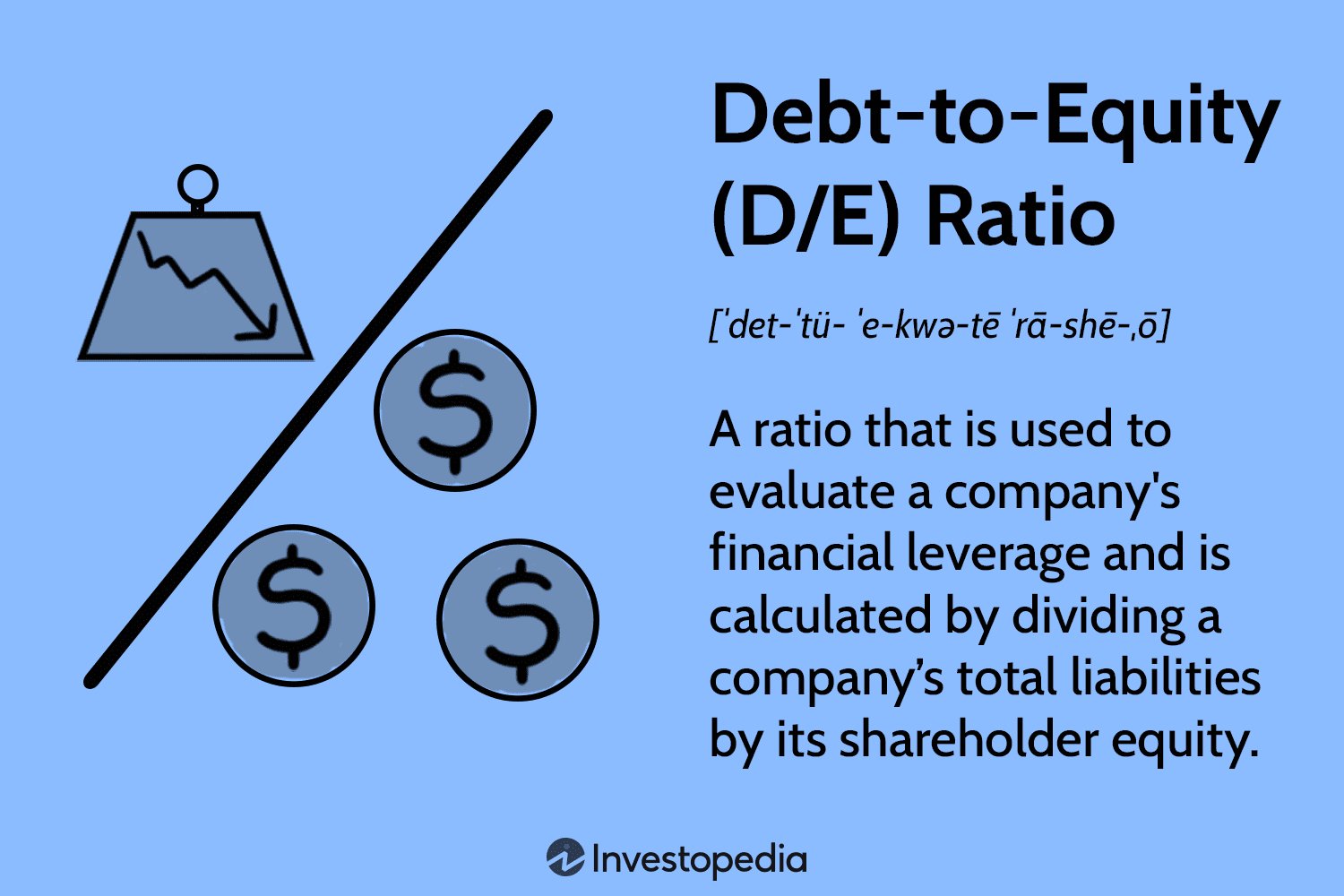Welcome to the world of behavioral finance, where the study of human behavior intertwines with the complex world of finance. So, what is behavioral finance and its implications? In simple terms, it is the field that explores how psychological, cognitive, and emotional biases impact our financial decisions. Understanding these biases gives us valuable insights into why we make the financial choices we do, allowing us to make more informed decisions. In this article, we will delve into the fascinating world of behavioral finance and explore its implications on our financial well-being. Let’s dive in!
What is Behavioral Finance and Its Implications
Behavioral finance is a field of study that combines principles from psychology and economics to understand how human behavior influences financial decisions and markets. It recognizes that humans are not always rational and often make decisions based on emotions, biases, and cognitive errors. By exploring the psychological factors at play, behavioral finance provides valuable insights into financial decision-making and its implications for individuals, markets, and the economy as a whole.
The Role of Psychology in Financial Decision-Making
In traditional finance, the assumption is that individuals make rational decisions by carefully analyzing all available information and acting in their own best interest. However, behavioral finance challenges this notion by highlighting the psychological biases and limitations that affect decision-making. Here are some key psychological factors that influence financial decisions:
- Loss Aversion: People tend to feel the pain of losses more strongly than the pleasure of gains. This aversion to losses can lead to irrational decision-making, such as holding onto losing investments longer than necessary or selling winning investments too soon.
- Overconfidence: Many individuals overestimate their abilities and believe they have an edge over others in predicting future market movements. This overconfidence can lead to excessive risk-taking and poor investment outcomes.
- Confirmation Bias: People have a tendency to seek out information that confirms their preexisting beliefs while ignoring or discounting conflicting information. This bias can lead to a distorted view of reality and poor decision-making.
- Herding Behavior: Humans have a natural inclination to follow the crowd and conform to social norms. In financial markets, this behavior can result in asset price bubbles and market inefficiencies.
- Availability Bias: Individuals tend to rely heavily on easily accessible information or recent experiences when making decisions, rather than considering a broader range of data. This bias can lead to overreaction to short-term market events.
- Anchoring: People often rely on initial information or reference points as a basis for making subsequent judgments or decisions. This can result in individuals being influenced by irrelevant or arbitrary numbers when valuing investments.
The Implications of Behavioral Finance
Understanding and incorporating insights from behavioral finance can have several implications for individuals, investors, and financial professionals. Here are some key implications of behavioral finance:
1. Investor Behavior and Decision-Making
– Behavioral finance acknowledges that investors are not always rational and that their behavior can deviate from what traditional finance models assume. As a result, individuals can make suboptimal decisions that can impact their financial well-being. Recognizing this, individuals can take steps to mitigate behavioral biases and improve their decision-making process.
– By being aware of common biases, investors can avoid impulsive decisions driven by emotions and carefully evaluate the available information before making investment choices. They can also consider seeking professional advice or utilizing tools that help counteract biases, such as automated investment platforms or robo-advisors.
– Behavioral finance also emphasizes the importance of long-term thinking and maintaining a diversified portfolio. By adopting a strategic, disciplined approach and avoiding excessive trading or market timing, investors can improve their chances of achieving their financial goals.
2. Market Efficiency and Anomalies
– Traditional finance assumes that markets are efficient, meaning that asset prices fully reflect all available information. However, behavioral finance suggests that markets can be influenced by psychological biases, leading to inefficiencies and anomalies.
– Behavioral biases can contribute to market bubbles and crashes. For example, during a bubble, investors may buy overvalued assets due to irrational exuberance, leading to inflated prices. Conversely, during a market crash, panic selling driven by fear can cause prices to plummet below their intrinsic value.
– By studying behavioral finance, investors and analysts can identify instances where asset prices deviate from their fundamental values. This can present opportunities for value investors to take advantage of mispriced securities or market inefficiencies.
3. Finance Professionals and Advising
– Behavioral finance has profound implications for finance professionals, including financial advisors, portfolio managers, and analysts. Understanding the psychological factors that influence decision-making allows professionals to better serve their clients and provide tailored advice.
– Financial advisors can help clients recognize their behavioral biases and provide guidance to make more informed decisions. They can educate clients about the impact of emotions on investment choices and emphasize the importance of a long-term perspective.
– Incorporating behavioral finance insights into investment strategies can help professionals develop robust risk management frameworks that account for the irrational behavior of market participants. This can lead to more effective portfolio construction and improved risk-adjusted returns.
4. Public Policy and Regulatory Considerations
– Behavioral finance research plays a crucial role in shaping public policy and regulations. By understanding how individuals make financial decisions, policymakers can design interventions and regulations that protect consumers and promote financial well-being.
– Policies can be implemented to enhance financial literacy and empower individuals to make informed decisions. For example, educational initiatives can focus on teaching individuals about common biases and strategies to overcome them.
– Regulatory frameworks can be designed to prevent predatory practices and ensure transparency in financial markets. By addressing behavioral biases, regulations can protect investors from being misled and promote fair and efficient markets.
In conclusion, behavioral finance recognizes that human behavior often deviates from traditional notions of rationality in financial decision-making. By understanding the psychological biases and limitations that influence individuals, investors, and markets, behavioral finance provides valuable insights that can lead to better financial outcomes. Whether it’s improving individual decision-making, identifying market inefficiencies, guiding financial advising, or shaping public policy, behavioral finance holds great significance in understanding the complexities of the financial world.
Explained: What Is Behavioral Finance? (Daniel Crosby)
Frequently Asked Questions
Frequently Asked Questions (FAQs)
What is behavioral finance and its implications?
Behavioral finance is a field that combines psychology and finance to understand how individuals make financial decisions. It explores the various biases and irrational behaviors that can affect investor decision-making and market outcomes. Here are some commonly asked questions about behavioral finance and its implications:
1. How does behavioral finance differ from traditional finance?
Behavioral finance differs from traditional finance by acknowledging that investors are not always rational and that their decisions can be influenced by psychological factors. Traditional finance assumes that investors always act in their best interest and make rational decisions based on available information.
2. What are some common biases in behavioral finance?
Some common biases in behavioral finance include overconfidence bias, anchoring bias, confirmation bias, and loss aversion. These biases can lead to irrational behavior, such as overtrading, holding onto losing investments, and ignoring relevant information.
3. How does behavioral finance explain market anomalies?
Behavioral finance explains market anomalies by suggesting that investor behavior deviates from rationality, causing mispricing and market inefficiencies. These anomalies challenge the efficient market hypothesis, which assumes that markets are always rational and efficient.
4. What are the implications of behavioral finance for investment strategies?
The implications of behavioral finance for investment strategies include the importance of diversification, avoiding emotional decision-making, and being aware of biases that can affect investment choices. It also emphasizes the importance of understanding investor behavior to predict market trends.
5. How does behavioral finance influence portfolio management?
Behavioral finance influences portfolio management by highlighting the need to consider investor behavior and emotions when designing investment portfolios. It encourages managers to focus on risk management, asset allocation, and the implementation of strategies that align with investor preferences and risk tolerance.
6. Can behavioral finance help explain market bubbles and crashes?
Yes, behavioral finance can help explain market bubbles and crashes. It suggests that investor sentiment, herd behavior, and irrational exuberance can contribute to the formation of market bubbles. Similarly, panic selling, fear, and overreaction can lead to market crashes.
7. How can understanding behavioral finance help individual investors?
Understanding behavioral finance can help individual investors make better financial decisions. By being aware of biases and psychological tendencies, investors can avoid impulsive and emotional decisions. They can also develop disciplined investment strategies and stick to long-term goals.
8. How does behavioral finance impact the field of economics?
Behavioral finance has had a significant impact on the field of economics by challenging traditional economic theories that assume rational behavior. It has led to the development of new models and theories that incorporate psychological factors in understanding economic phenomena and decision-making.
Final Thoughts
Behavioral finance is a field that combines psychology and finance to understand how human emotions and biases impact investment decisions. It explores why individuals often make irrational choices and deviate from traditional economic theories. By acknowledging the presence of behavioral biases, investors can make more informed decisions and better manage their portfolios. Behavioral finance has important implications for investors, as it highlights the relevance of psychological factors in financial decision-making. Understanding behavioral finance can help investors identify and mitigate their biases, leading to improved investment outcomes and long-term financial success.



